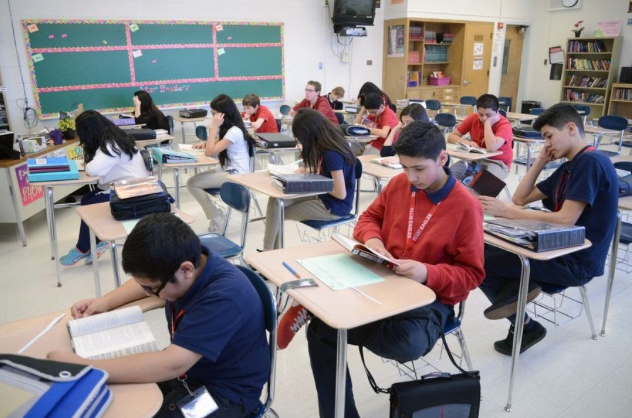Feeling Invisible in the Eyes of the HCPSS English Curriculum
Over the past few years, various movements uplifting and raising awareness for people of color such as BLM and Stop Asian Hate have shed light on the need for representation. Books written by authors of color have been one source of providing visibility for those who feel underrepresented in the education system.
Despite more than half of Howard County’s student body being students of color, the Howard County Public School System does not reflect this racial diversity in their acceptable texts. HCPSS has 125 books that are available for high school English curriculums, but only 31 of those books are written by people of color.
For the 9th grade curriculum, only one book was written by a Latinx author, six were written by Black authors, and none were written by Asian authors. For 10th grade, two books were written by Latinx authors, three were written by Black authors, and one was written by an Asian author. The 11th grade curriculum one book was written by a Latinx author, ten books were written by Black authors, and one was written by an Asian author. Then, for 12th grade, no books were written by Latinx authors, three books were written by Black authors, and three were written by Asian authors.
It’s clear that white authors are dominant in the HCPSS accepted anchor texts, but not even the remaining books written by authors of color are truly diverse. Out of the 31 books written by authors of color, 22 are Black authors, leaving only four books written by Latinx authors and only five written by Asian authors. Genuine racial diversity should include equal representation of various ethnicities and cultures.
Of course, this is just a complete list of books that are acceptable for all high school grade curriculums. Teachers still have the power to diversify what students read by choosing what books to assign, but my experience as a student has shown that this ability is not taken advantage of.
In 9th grade, I read six books written by white authors and only one book written by a Black author. In 10th grade, I exclusively read books written by white authors. In 11th grade, I read five books written by white authors and two books written by Black authors. In 12th, I read a book and a collection of poetry written by white authors, and two books written by Black authors.
There must be a change. There is too little representation of the world’s cultures and ethnicities and it is unacceptable that Black, Latinx, and Asian students get little to no representation of themselves in the books that they are required to read. As a student of color in such a diverse school as Wilde Lake, I believe other students of color would appreciate seeing themselves in the novels they must read.
As an Asian student, I know that when I read books written by Asian authors, I feel a connection and an eagerness to read more. And yet, I have not felt seen by the English curriculums throughout my education. I feel invisible in literature, as if my culture and the writers of my culture, such as Bi Feiyu or Aravind Adiga, aren’t good enough to analyze and learn from. As people of color are already underrepresented in much of the media, it should be even more important for schools to celebrate their diverse student population, and educate the student body about cultures they may not know much about.
The Howard County Public School System cannot pride themselves in “embedding diversity and inclusion throughout the curriculum and school culture” when the English curriculums look like this.
Your donation will support the student journalists of Wilde Lake High School. Your contribution will allow us to purchase equipment and cover our annual website hosting costs.






